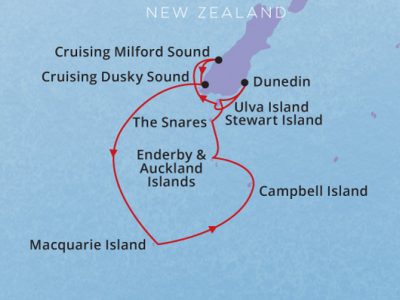
Milford Sound, Macquarie Island and Sub Antarctic Islands
STYLE: EXPEDITION/LUXURY
Tiny dots in the Southern Ocean, sometimes called the Forgotten Islands, New Zealand and Australia’s Sub-Antarctic islands are among the least visited places on Earth. World renowned for its bird colonies (expect to see 10 species of penguin here); these islands shine like eco-emeralds in a sapphire sea. Be one of the privileged few to say that they have travelled to this spectacular region.
ITINERARY SUMMARY
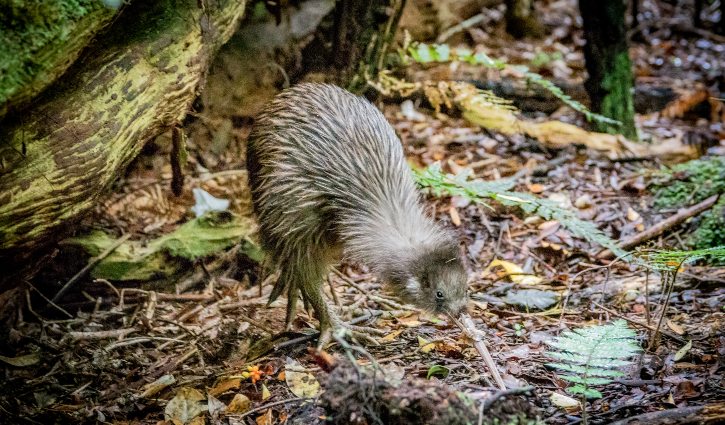
DAY 1 DUNEDIN (SOUTH ISLAND), NEW ZEALAND
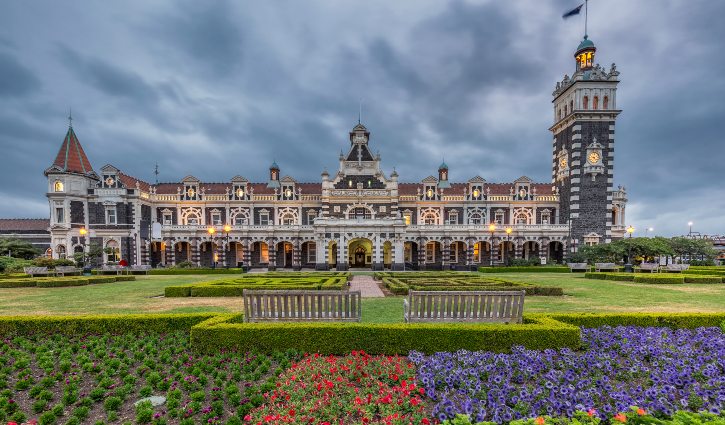
Clinging to the walls of the natural amphitheater at the west end of Otago Harbour, the South Island’s second-largest city is enriched with inspiring nearby seascapes and wildlife. Because Dunedin is a university town, floods of students give the city a vitality far greater than its population of 122,000 might suggest. Its manageable size makes it easy to explore on foot—with the possible exception of Baldwin Street, the world’s steepest residential street and home to the annual “gutbuster” race, in which people run up it, and the “Jaffa” race, in which people roll the namesake spherical chocolate candy down it.Dunedin, the Gaelic name for Edinburgh, was founded in 1848 by settlers of the Free Church of Scotland, a breakaway group from the Presbyterian Church. In the afternoon, transfer to the Otago Harbour where you will board the Silver Explorer for your Sub Antarctic adventure.
DAY 2 STEWART ISLAND
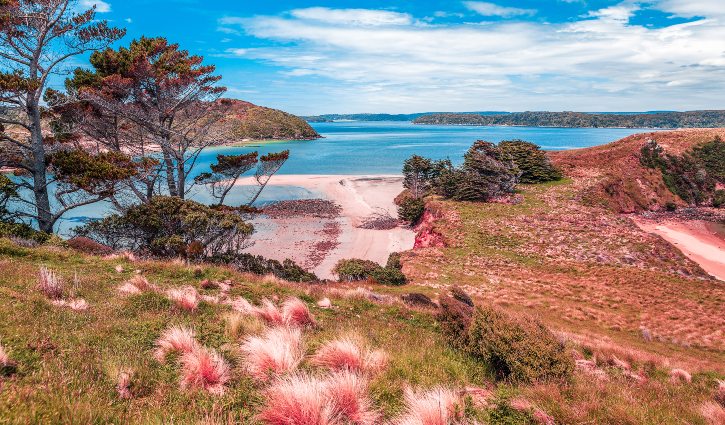
Stewart Island is home to New Zealand’s newest national park, Rakiura National Park. The third and most southerly of New Zealand’s main islands, Stewart Island is separated from the South Island by the 24-km Foveaux Strait. Its original Māori name, Te Punga O Te Waka a Maui, means “the anchor stone of Maui’s canoe.” Māori mythology says the island’s landmass held the god Maui’s canoe secure while he and his crew raised the great fish—the North Island. Today the island is more commonly referred to by its other Māori name, Rakiura, which means “the land of the glowing skies.” This refers to the spectacular sunrises and sunsets and to the southern lights, or aurora australis. The European name of Stewart Island dates back to 1809. It memorializes an officer William W. Stewart on an early sealing vessel, the Pegasus, who was the first to chart the island. The island covers some 1,700 square km.
DAYS 3-4 CRUISING MILFORD SOUND & DUSKY SOUND
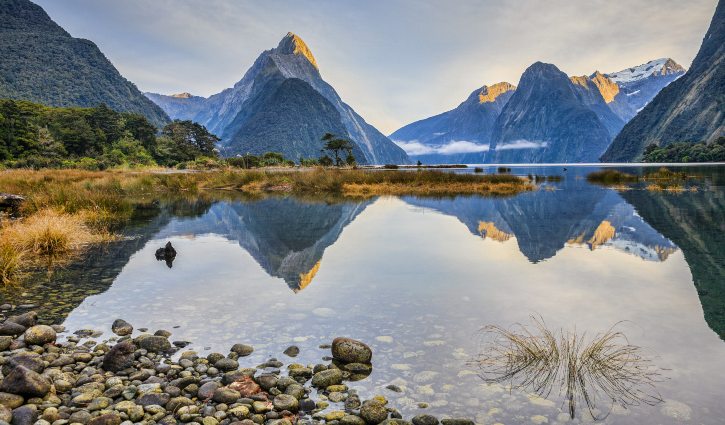
New Zealand fiord country, along with Fiordland National Park is one of New Zealand’s premier attractions. Incredibly beautiful, wild and remote, the region is an intriguing combination of rugged mountain ranges, dense rain forest, solitary alpine lakes, sparkling rivers and splashing waterfalls. Much of Fiordland is virtually unexplored wilderness and still the habitat of rare birds. As the ship cruises the beautiful Doubtful, Dusky and Milford Sounds, experience the majestic fiordland of the South Island’s western coast. Captain James Cook sailed along this coast in 1770 and again in 1773, when he anchored at Dusky Sound for a rest and ship repair. Doubtful Sound is one of the region’s most majestic fiords. It is ten times larger than Milford Sound. As the ship cruises into Hall Arm, gaze at vertical cliffs and mighty waterfalls plunging over sheer rock faces. In fine weather, mountains and greenery are reflected in the protected waters of the fiord.
DAYS 5-6 AT SEA
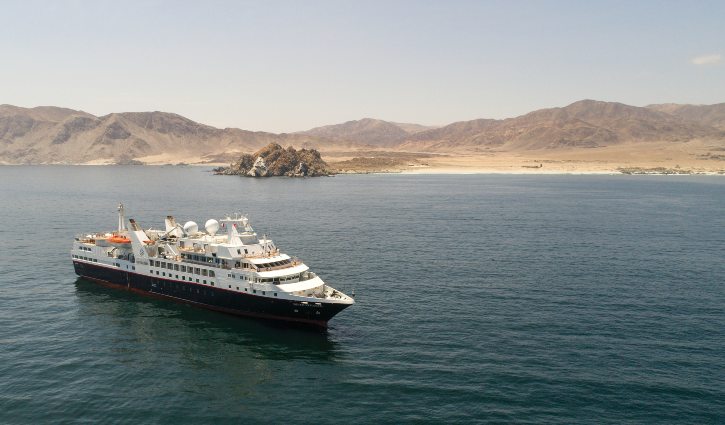
Days at sea are the perfect opportunity to relax, unwind and catch up with what you’ve been meaning to do. So whether that is going to the gym, visiting the spa, whale watching, catching up on your reading or simply reading a book, these blue sea days are the perfect balance to busy days spent exploring shore side.
DAYS 7-8 MACQUARIE ISLAND

Macquarie Island is a unique and unforgettable spectacle of wild, natural beauty with a huge concentration of wildlife. Situated almost 1,500 kilometres South East of Tasmania, it lies almost half way between Australia and Antarctica. The Island is an important place for research, as it is the only place in the world that it is formed entirely of oceanic crust formations. Large congregations of wildlife such as penguins and elephant seals put on a show for their visitors, and the windswept landscape full of lakes and dramatic changes in vegetation are bound to excite it’s visitors. The island is home to Royal Penguins, a species endemic to the island where an estimated 850,000 pairs reside- one of the greatest gatherings of seabirds in the world. King Penguins also call Macquarie Island home. Explore this magnificent place for two days.
DAY 9 AT SEA
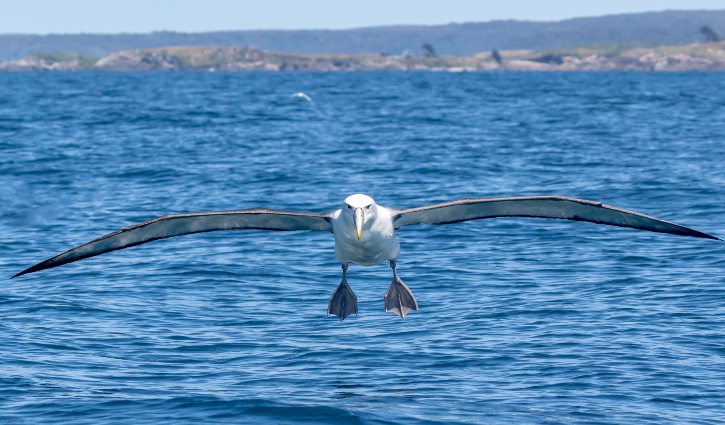
Days at sea are the perfect opportunity to relax, unwind and catch up with what you’ve been meaning to do. So whether that is going to the gym, visiting the spa, whale watching, catching up on your reading or simply reading a book, these blue sea days are the perfect balance to busy days spent exploring shore side.
DAY 10 CAMPBELL ISLAND
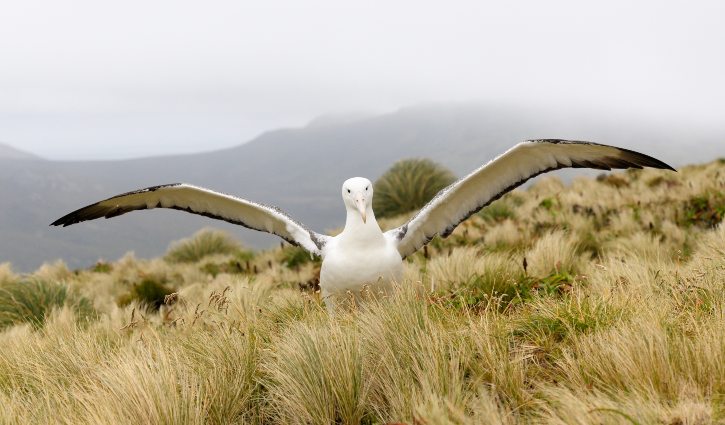
Well known as the home of the albatross, Campbell Island has a long and fascinating history. Six species of albatross, including the largest- the southern royal call the island home along with the Campbell Island teal and the Campbell Island snipe. Farming started on the island in 1895 but was later abandoned in 1931 due to unreliable transport systems, accidents and the world-wide recession. As a result of farming, there are approximately 50 introduced species of plants on the inland, but an impressive 128 native vascular plants have been recorded on Campbell Island. English botanist, Joseph Hooker described the island as having a “flora display second to none outside the tropics.” This windswept, remote and rugged island remains an important part of the New Zealand subantarctic group.
DAYS 11-12 ENDERBY & AUCKLAND ISLANDS
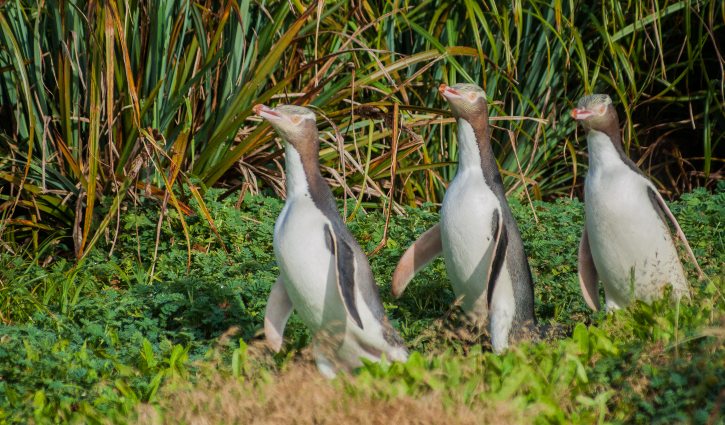
There is little human presence on Enderby, which is at the northern tip of the Auckland Islands but there is no shortage of wildlife present on the Island to put on a show for you. A colony of New Zealand sea lions, the rarest in the world, are set to greet you along with yellow-eyed penguins, royal albatrosses, red-crowned kakariki, pippets, tomtits, bellbirds tuis and silvereyes. The uniqueness of the island doesn’t stop with it’s residents- it spreads to the flora and fauna scattered across the island- filled with colourful flowers, Macquarie Island cabbage, tussock and liverworts. Towering cliffs mark the sight of Enderby Island, one which is simply breathtaking. Journey from here to explore more of the isolated kingdom of the Auckland Islands.
DAY 13 SNARES ISLANDS
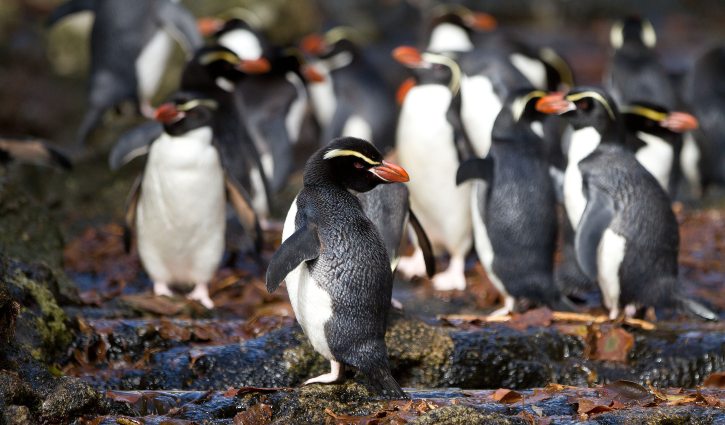
Here on the northernmost of New Zealand’s subantarctic islands is some of the countries most untouched and pristine areas on offer. Land mammals have never been introduced on the Snares Islands, making it a busy breeding ground for local birds, marine mammals and invertebrates. Shearwaters, petrels and the endemic Snares Crested Penguins are abundant on the islands along with four albatross species listed as breeding here. New Zealand fur seals breed on the shore and the New Zealand sea lions have been known to pop in for a visit on the islands. There are also several invertebrate species which can only be found on the island including a species of weevil which can only be found on one species of plant in the whole world- on Broughton Island. Unique plants are in abundance on these islands, which take up an approximate 840 acres.
DAY 14 ULVA ISLAND

Located within Paterson Inlet, Ulva Island remains a predator-free sanctuary for wildlife and is covered in pristine forest. The island, which covers approximately 660 acres is full of rare and endangered birds including the South Island Saddleback, Yellowhead, Rifleman, Steward Island Robin and Stewart Island Brown Kiwi. Well maintained tracks on the island allow you the opportunity to enjoy the local birds, lovely beaches and unparalleled views.
DAY 15 DUNEDIN (SOUTH ISLAND), NEW ZEALAND
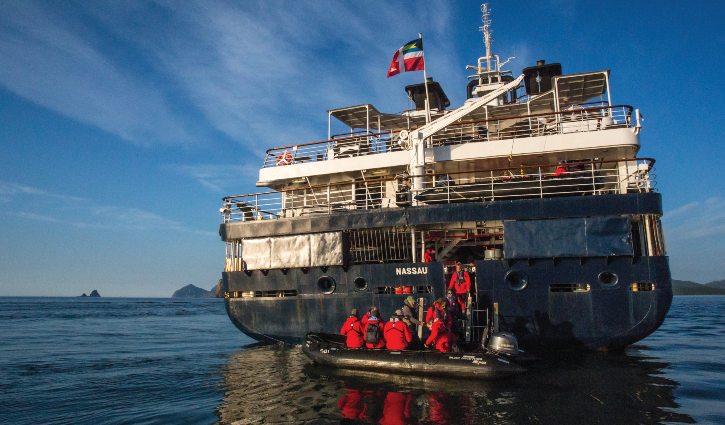
Farewell your fellow travellers after breakfast as you disembark the Silver Explorer in the historic Dunedin, where you began this wonderful journey.


